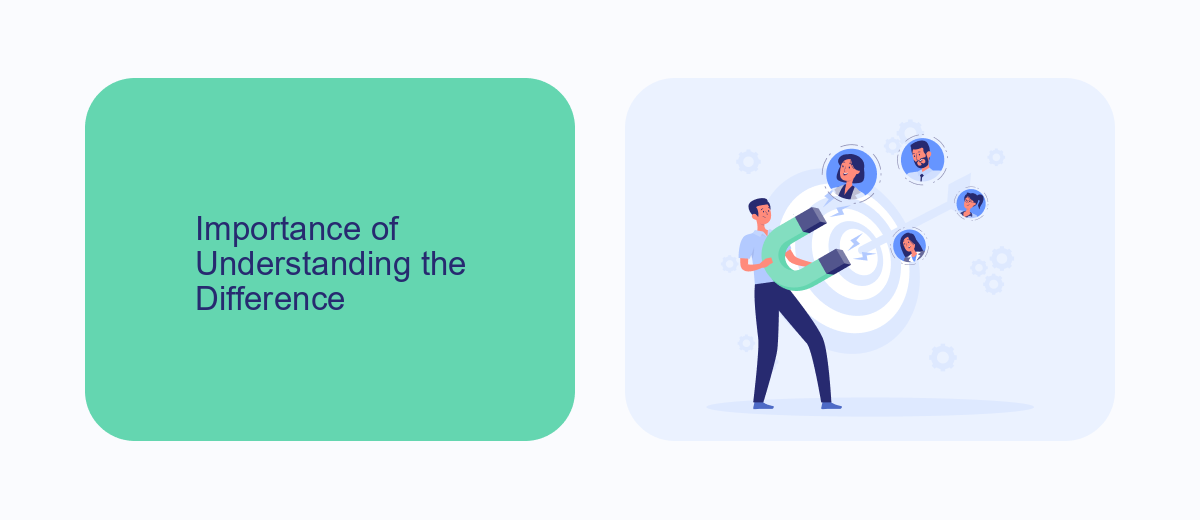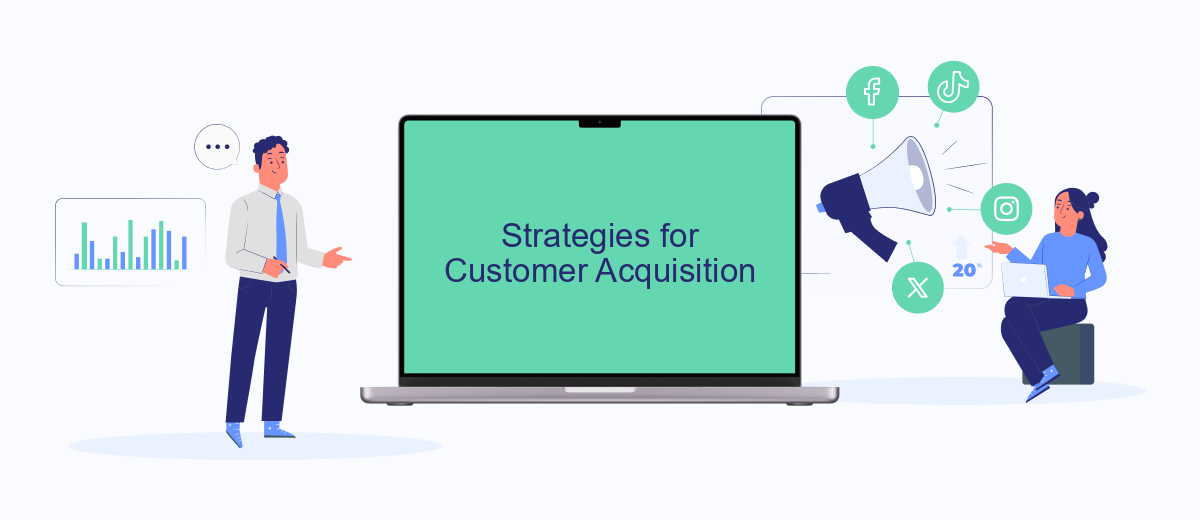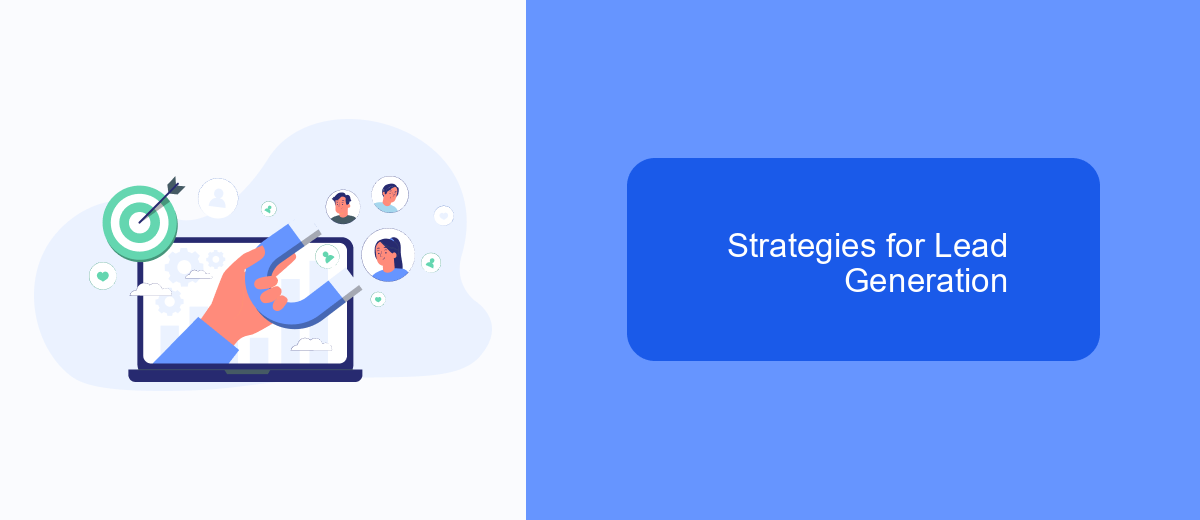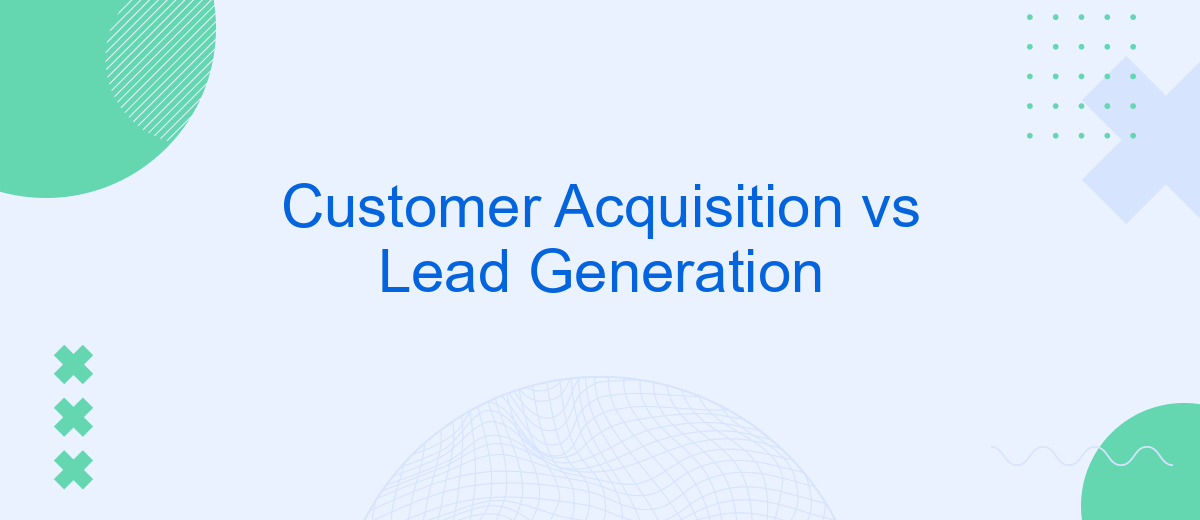In the dynamic world of marketing, understanding the distinction between customer acquisition and lead generation is crucial for crafting effective strategies. While both concepts aim to drive business growth, they operate at different stages of the sales funnel. This article delves into the nuances of customer acquisition and lead generation, helping businesses align their efforts for optimal results.
Customer Acquisition vs Lead Generation Defined
Customer acquisition and lead generation are two critical components of any successful marketing strategy, but they serve different purposes. Customer acquisition is the process of converting potential customers into actual buyers, focusing on the end goal of increasing sales and revenue. Lead generation, on the other hand, involves attracting and capturing interest from potential customers who may eventually make a purchase, setting the stage for future sales efforts.
- Customer Acquisition: Final step in the sales funnel, converting leads into paying customers.
- Lead Generation: Initial step, capturing interest and contact information from potential customers.
- Tools: SaveMyLeads can streamline both processes by automating lead capture and integration.
While lead generation focuses on building a pool of potential customers, customer acquisition aims to convert those leads into actual sales. Utilizing tools like SaveMyLeads can significantly enhance both processes by automating the capture and integration of leads, ensuring that your sales funnel remains efficient and effective. Understanding the distinctions and interplay between these two strategies is essential for optimizing your marketing efforts and driving business growth.
Importance of Understanding the Difference

Understanding the difference between customer acquisition and lead generation is crucial for businesses aiming to optimize their marketing strategies. Customer acquisition involves converting potential customers into actual buyers, while lead generation focuses on attracting and capturing interest from potential customers. By distinguishing these two processes, businesses can allocate resources more effectively, ensuring that their marketing efforts are targeted and efficient. This understanding helps in crafting tailored strategies that address specific stages of the customer journey, ultimately leading to higher conversion rates and sustainable growth.
Moreover, comprehending the distinction between these concepts allows businesses to implement appropriate tools and integrations. For instance, services like SaveMyLeads can automate the lead generation process by seamlessly integrating various platforms, ensuring that no potential lead is lost. This automation not only saves time but also enhances the accuracy and efficiency of capturing and nurturing leads. By leveraging such services, businesses can focus more on converting leads into loyal customers, thereby streamlining their overall acquisition strategy and driving long-term success.
Strategies for Customer Acquisition

Effective customer acquisition is crucial for business growth and sustainability. It involves various strategies to attract and convert potential customers into loyal clients. Here are some proven strategies to enhance customer acquisition:
- Content Marketing: Create valuable and relevant content that addresses the needs and pain points of your target audience. This can include blog posts, eBooks, webinars, and videos.
- Social Media Advertising: Utilize platforms like Facebook, Instagram, and LinkedIn to run targeted ad campaigns that reach your specific audience demographics.
- Email Marketing: Develop personalized email campaigns to nurture leads and guide them through the sales funnel.
- SEO and SEM: Optimize your website for search engines and use search engine marketing to increase visibility and attract organic traffic.
- Integrations and Automation: Use tools like SaveMyLeads to automate lead management and integrate various marketing platforms, ensuring seamless data flow and efficient lead nurturing.
By implementing these strategies, businesses can effectively acquire new customers, enhance brand loyalty, and achieve long-term success. Leveraging technology and automation tools can further streamline processes and improve overall efficiency in customer acquisition efforts.
Strategies for Lead Generation

Lead generation is a crucial aspect of any business strategy, focusing on attracting potential customers and converting them into leads. Effective lead generation requires a blend of various tactics to capture the interest of your target audience and encourage them to engage with your brand.
One key strategy is to create valuable content that addresses the pain points and needs of your audience. This can include blog posts, eBooks, webinars, and whitepapers. Additionally, leveraging social media platforms to share this content and engage with potential leads can significantly boost your efforts.
- Optimize your website for search engines (SEO)
- Utilize email marketing campaigns
- Implement lead magnets like free trials or discounts
- Use targeted ads on social media and search engines
- Integrate lead generation tools like SaveMyLeads to streamline data collection
By combining these strategies, you can create a robust lead generation system that not only attracts potential customers but also nurtures them through the sales funnel. Tools like SaveMyLeads can automate the process of capturing and managing leads, allowing you to focus on converting them into loyal customers.


Measuring Success and Optimization
Measuring the success of customer acquisition and lead generation efforts requires a combination of quantitative and qualitative metrics. For customer acquisition, key performance indicators (KPIs) such as customer acquisition cost (CAC), customer lifetime value (CLV), and conversion rates are essential. These metrics help businesses understand the efficiency and profitability of their acquisition strategies. For lead generation, metrics like the number of leads generated, lead conversion rate, and cost per lead (CPL) are crucial. Tracking these KPIs allows businesses to gauge the effectiveness of their lead generation campaigns and make data-driven decisions.
Optimization is a continuous process that involves analyzing data, testing different strategies, and implementing improvements. Tools like SaveMyLeads can play a significant role in this process by automating lead capture and integration with various marketing platforms. By streamlining workflows and ensuring seamless data transfer, SaveMyLeads helps businesses reduce manual efforts and focus on optimizing their strategies. Regularly reviewing performance metrics and making adjustments based on insights can lead to improved outcomes in both customer acquisition and lead generation efforts.
FAQ
What is the difference between customer acquisition and lead generation?
Why is lead generation important for customer acquisition?
How can automation tools help in lead generation and customer acquisition?
What metrics should be tracked for effective lead generation?
Can lead generation strategies differ based on the industry?
Personalized responses to new clients from Facebook/Instagram. Receiving data on new orders in real time. Prompt delivery of information to all employees who are involved in lead processing. All this can be done automatically. With the SaveMyLeads service, you will be able to easily create integrations for Facebook Lead Ads and implement automation. Set up the integration once and let it do the chores every day.
